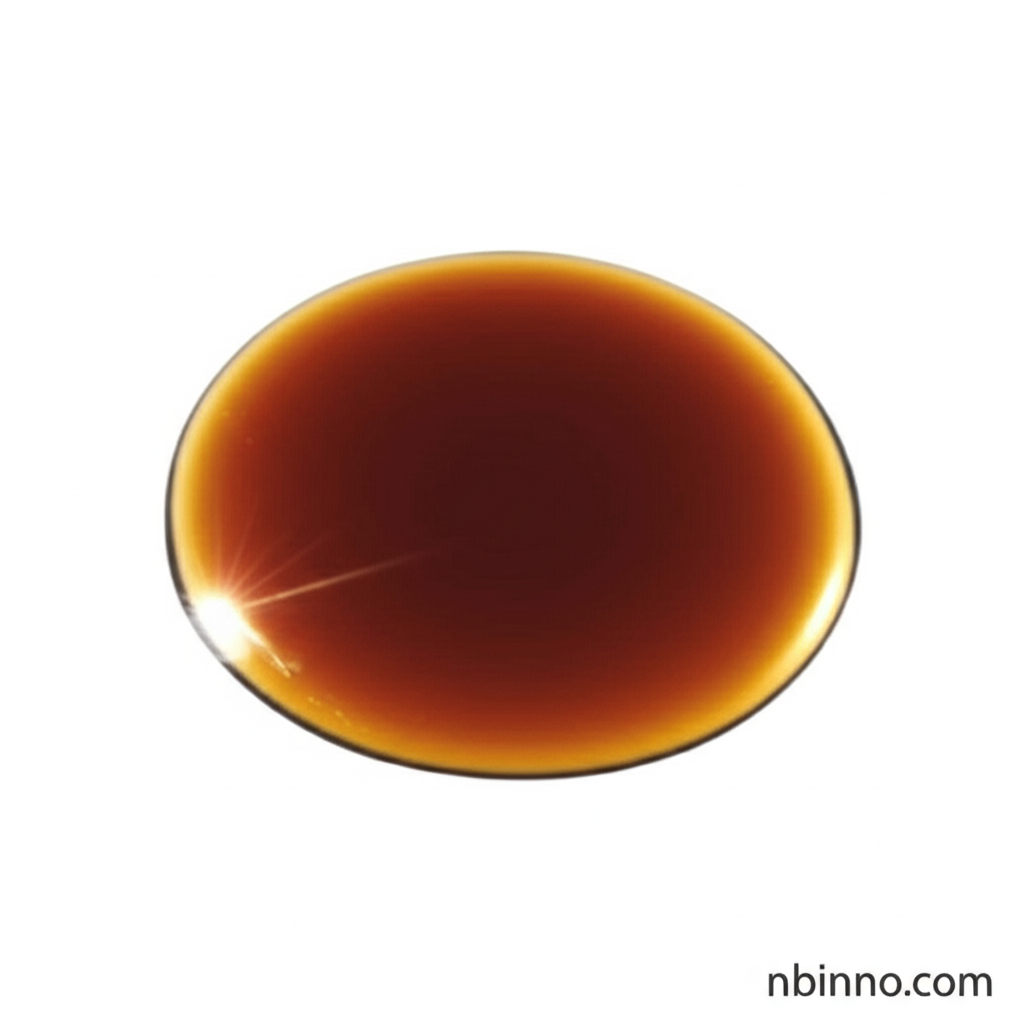1-Chloromethyl Naphthalene: Synthesis, Applications, and Chemical Properties
Discover the synthesis, versatile applications, and critical properties of this essential organic intermediate.
Get a Quote & SampleProduct Core Value

1-Chloromethyl Naphthalene
1-Chloromethyl naphthalene (CAS: 86-52-2) is a vital organic chemical intermediate with high purity, serving as a key building block in various chemical processes. Its unique properties make it indispensable for advanced synthesis.
- Leveraging 1-chloromethyl naphthalene synthesis methods, manufacturers achieve high yields for various industrial applications.
- Explore the diverse 1-chloromethyl naphthalene applications, from resin production to sophisticated pharmaceutical intermediates.
- Understanding 1-chloromethyl naphthalene properties is crucial for optimizing its use in chemical reactions and ensuring product quality.
- The 1-chloromethyl naphthalene CAS 86-52-2 designation ensures precise identification for researchers and industrial users.
Key Advantages
Versatile Synthesis Pathways
Multiple 1-chloromethyl naphthalene synthesis methods have been developed, offering flexibility and efficiency in production for diverse needs.
Broad Application Spectrum
The industrial use of 1-chloromethyl naphthalene spans across resins, medicines, and advanced materials, showcasing its broad applicability.
Chemical Reactivity and Control
Its role as a polymerization initiator and in nucleophilic aromatic substitution highlights its valuable chemical reactivity for controlled syntheses.
Key Applications
Synthetic Resins
Used as a precursor in the synthesis of specialized synthetic resins, contributing to material science advancements.
Pharmaceutical Synthesis
Serves as an intermediate in the production of various pharmaceuticals, underscoring its importance in the healthcare sector.
Polymerization
Acts as an effective initiator in atom transfer radical polymerization, enabling the creation of well-defined polymers.
Organic Synthesis
Facilitates complex organic transformations, such as ligand-controlled regioselective nucleophilic aromatic substitution, for creating fine chemicals.
